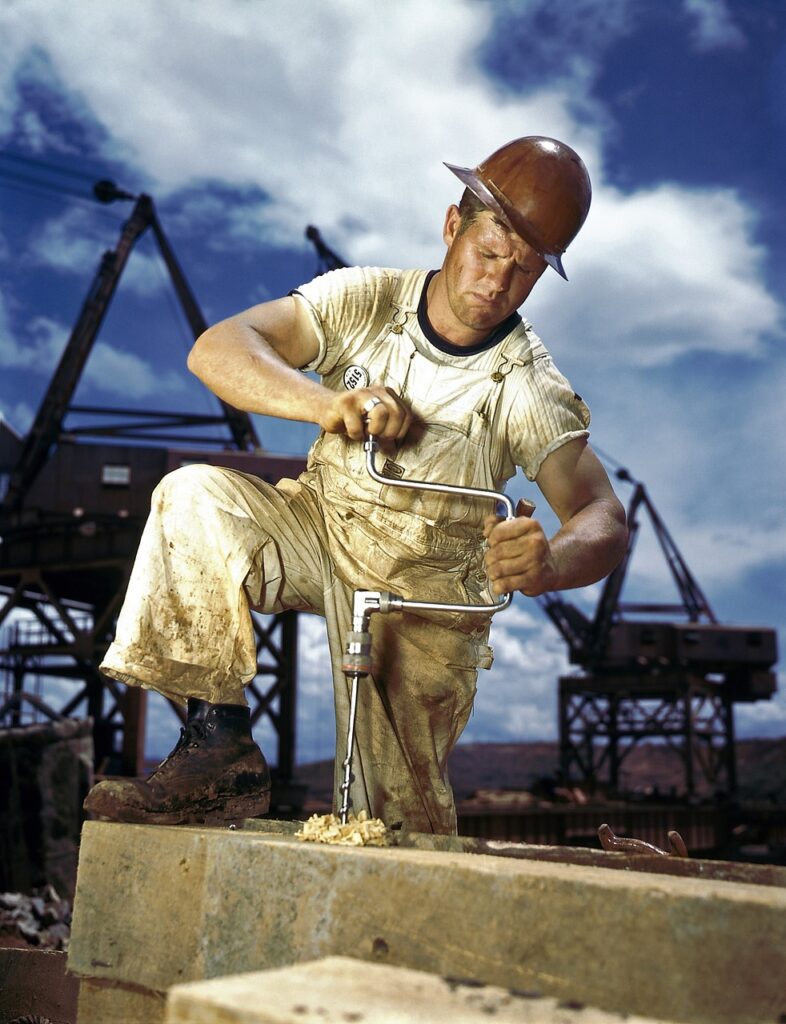A roof seamer is a specialized tool used in metal roofing installation to join seams by mechanically folding and pressing metal panels together. It ensures strong, watertight connections that protect buildings from leaks and weather damage.
This tool improves efficiency and consistency compared to manual seam folding, making it essential for professional roofers working with standing seam metal roofs. Understanding how a roof seamer functions can help users achieve durable and aesthetically clean roofing results.
Understanding Roof Seamer Tools
Roof seamer tools are specialized devices designed to join metal panels securely. They vary by design, operation, and power source. Each type suits different roofing requirements and user preferences, influencing efficiency and precision.
Types of Roof Seamers
Roof seamers come mainly in manual, cordless, and pneumatic models. Manual seamers rely on physical effort and are best for small jobs or tight spaces. Cordless seamers use battery power to enhance mobility and reduce fatigue. Pneumatic seamers require an air compressor, offering strong, consistent force for longer seams and commercial projects.
Some seamers are designed for specific metal profiles like standing seam or clip systems. Durability of the components, such as rollers and jaws, also varies and affects the tool’s lifespan. Choosing the right seamer depends on the metal type, seam style, and job scale.
How Roof Seamers Work
Roof seamers create tight, water-resistant joints by folding overlapping metal panels. The tool’s rollers or jaws compress and fold the edges in sequence. This process ensures the panels lock together firmly without damaging the metal surface.
Operators guide the seamer along the seam line, maintaining speed and pressure for uniform results. Some models have adjustable settings to control seam height and compression force. This flexibility helps accommodate different metal thicknesses and standing seam profiles.
Manual vs. Powered Roof Seamers
Manual roof seamers require physical strength and steady control, making them ideal for small or precise work. They are lightweight, portable, and require minimal maintenance. However, manual tools can be slower and more tiring over large areas.
Powered seamers—either cordless or pneumatic—reduce operator strain and increase speed. Cordless models add convenience without hoses, while pneumatic types offer the most power for thick metals and long seams. Powered seamers typically cost more but improve productivity on commercial projects.
Selecting and Using a Roof Seamer
Selecting a roof seamer involves considering the type of roofing material and the size of the panels. Using the tool correctly requires attention to speed, pressure, and alignment. Regular maintenance ensures safety and consistent performance during operation.
Choosing the Right Roof Seamer
He should match the seamer to the specific metal roofing profile, such as standing seam or snap-lock systems. The seamer’s motor power and speed settings should align with panel thickness, typically ranging from 24 to 22 gauge steel.
Corded electric and cordless battery-powered seamers offer different levels of mobility. Battery-powered models suit roofs with limited power access but usually have shorter runtime. Confirm compatibility with manufacturer specifications before purchase.
Best Practices for Operation
The operator must keep the seamer aligned with the panel seam to avoid damaging the metal. Maintain a steady movement at the recommended speed, usually around 10 to 20 feet per minute, depending on the model.
He should apply consistent pressure without forcing the tool, allowing the rollers to fully engage the seam. Periodically inspect the tool during work to prevent overheating or jamming. Using protective gloves helps reduce fatigue and improve grip.
Maintenance and Safety Tips
He should clean the rollers and remove debris after each use to prevent buildup. Lubricate moving parts according to the manufacturer’s guidelines, usually every 8 to 10 hours of use.
Regularly check electrical cords and batteries for wear or damage. Safety gear such as gloves, eye protection, and hearing protection is essential. Always disconnect power before servicing the seamer to avoid accidental starts.

